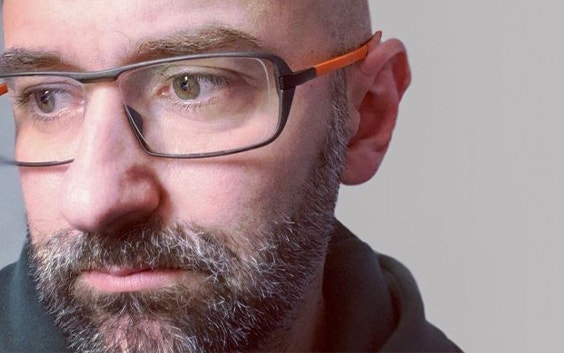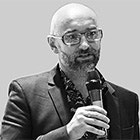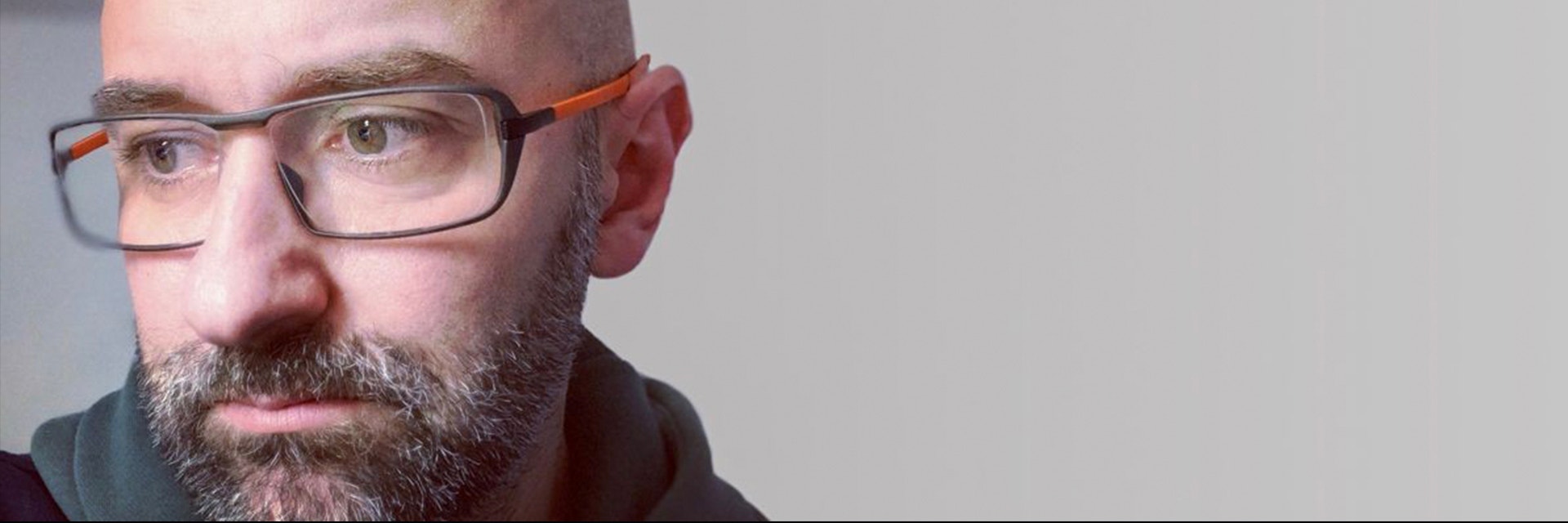
INTERVIEW
3DP&Me: “Customization Will Start Luxury, but Go Mainstream”
An interview with eyewear designer Sébastien Brusset of JAW Studio.
Welcome, Sébastien. Could you tell us a little about your 3D printing story?
Until relatively recently my ‘3DP story’ was essentially a tale of pre-production possibilities – for example developing prototypes for brands like Tag Heuer before they progressed to ordering in volume. But I always knew there was more to tap into. Then a few years ago, we acquired a 3D printer. Though it was quite basic, it let us test print different parts to start seeing where we could go with new ideas – ideas around gaining a functional advantage by using this process. We are now able to turn the pages of our story much quicker because of how quickly we can go from concept to progress!
As a designer, what about 3DP attracts you the most?
It’s very easy designing in 3DP because there are fewer constraints, you have the freedom that you never had before. You can make all the shapes you want to, you can create specific structures to obtain perfect function. That’s the thing for me. Perfect function. The precision you can gain with the right design is incredible. The automotive brand I’m working with right now is known for ultimate luxury engineering – the freedom to design that kind of DNA into an eyewear brand is quite liberating.
You can optimize the fitting so the frame sits perfectly on the nose. You can hold the lenses precisely to optimize the vision and, at the same time, you can have a structure that is both light and strong. Also, the finishing is improving more and more, it can be super high end and perfect for the luxury class.
How do you think 3DP can really help the independent eyewear market?
What really makes a difference is that minimum order quantity. In the normal industry, you have to pay for tooling which is really expensive and you have to produce a large quantity for the first order. That’s dangerous because if the market is not there then you can get stuck with your stock. Also, if you didn’t forecast well and the demand is actually very high, with the time it takes to reorder goods and produce the next batch, you can lose a lot of money. For me, that’s old-time technology! 3DP really changes this process. It is going to gain market share and is really going to start shaking things up.
What do you mean by ‘shaking things up’?
So the market is always hungry for ‘new’. With 3DP you can feed that hunger. 3DP will permit frame makers to provide new (sometimes crazy!) designs to the market more often, and without putting them in the red zone with their stock. This is a very important thing. 3DP also opens the door for a new way of working, designers will be able to provide glasses directly to the consumer. It’s like musicians – in the past, they had to go through a label, record some discs and distribute them. Now musicians can sell their music directly to the public. It’s the same now when you hire a designer, you are able to make very small luxury collections based on demand and then work straight with the consumer to launch. It is a very exciting time.
Wouldn’t those kinds of direct sales be controversial with opticians?
No, I actually think it’s an opportunity for them. In France, we say Opticien Lunetier where “Lunetier” means “spectacle maker”. That’s what they used to do in the past, actually make things, but this has been lost with history. Right now, they are able to use 3DP to take that back. It’s really a big opportunity when you have this kind of technology appear on the market, it makes all the other parts that aren’t necessary, disappear. It’s a very short cycle between design and production, and that could be a new beginning for the optician, for the designer… it benefits everybody. Or at least anybody who really plays a part in creating things, they will be happy about the arrival of 3DP.
Is anything holding 3DP back from wider adoption?
We need more education around materials. Some people in the industry think that the finishing of some 3DP plastics can look cheap, that they don’t have the right quality feel. We proposed a 3D printed project to a client and had that response before we could even show them anything! But I don’t agree with that at all, it’s not a weakness, just a different surface appearance. When you work on a project in wood, you don’t expect to have the same look as you do in metal. Of course, there are also so many more materials available now. I think you need to educate the market on what’s possible with 3DP and how good it can look, they need to see it for themselves. I’ve worked on projects where brands have had that idea of ‘cheap appearance’ at first but after seeing the results, they don’t think that anymore at all, they are super impressed by the quality they can obtain.
What are you most excited about moving forward?
The technology evolves really quickly and now you are able to print with three or four different materials in the same component. This is becoming very interesting, it’s really exciting that you could print all the materials of the frame altogether – including (eventually) the lens. We would like to see that technology advance even more quickly, but it’s always the case that we designers are impatient! But I think the biggest benefit of 3DP technology is that each product could be unique. I think customization will start luxury but go mainstream. The technology allows you to do it, so why not? It’s possible to be very precise, to make something exactly as the wearer wants it. Of course, the more complex and expensive the software is to make this happen, the more it will stay part of the luxury market. But I think basic customization will become super mainstream. If you think about it, even now it doesn’t cost thousands of Euros for a tailor-made frame. It’s already really accessible. This is just the next step in that story.
How do you see customization going mainstream exactly?
Well, think about the process. To make it work (in terms of full customization) we need to work out how to measure the frame precisely with a 3D scan and how we will automatically modify the frame to fit perfectly on the head. One option is you have a base frame and then with your measurements that you obtain from the 3D scan, the frame is automatically modified to reach the different contact points on each customer’s face. The other way is we see the 3D scan of the face and we work to design a frame on this virtual head. So the choice is basically between automatic or manual design. Customers could visit the optician to be scanned, though regular 3D scanners are quite big and can maybe be too technical and off-putting for the consumer. Probably a better way is to have a mobile app, there are already many 3D scanning apps out there. With a device that they already know, that will be a more friendly way for the consumer get the information – if you think about it, mobile apps have been the ‘mainstream maker’ for so many industries. It could be a new industrial revolution! It’s a really big thing, it could change all the rules. You can have a frame 3D printed, at an accessible price, and fully tailor-made for you. And opticians will become makers again!
Thank you Sébastien, when will we be able to see the new collection that you’re working on?
That will be launched in May. Here, the goal is to make the ultimate eyewear that will function perfectly through precise engineering. It is going to use metal 3DP, traditional techniques, and hand-crafted finishing, and will be super high end.
Share on:

Biography
Sébastien Brusset
You might also like
Never miss a story like this. Get curated content delivered straight to your inbox.
